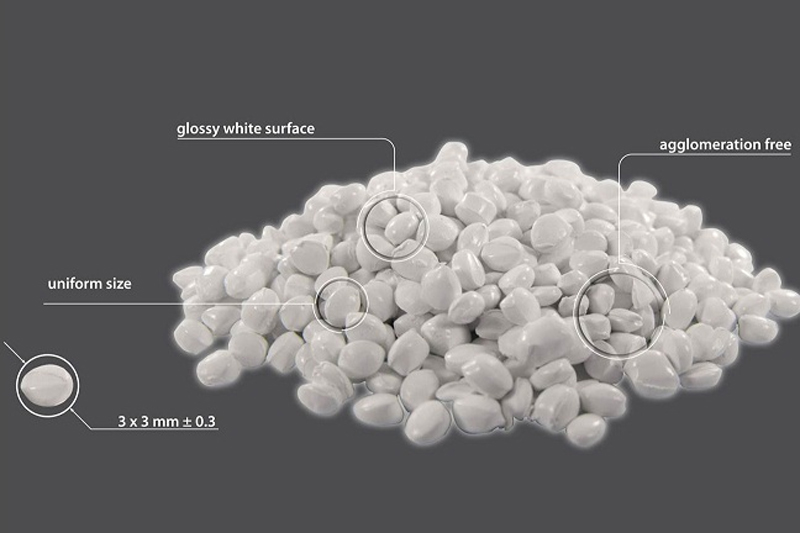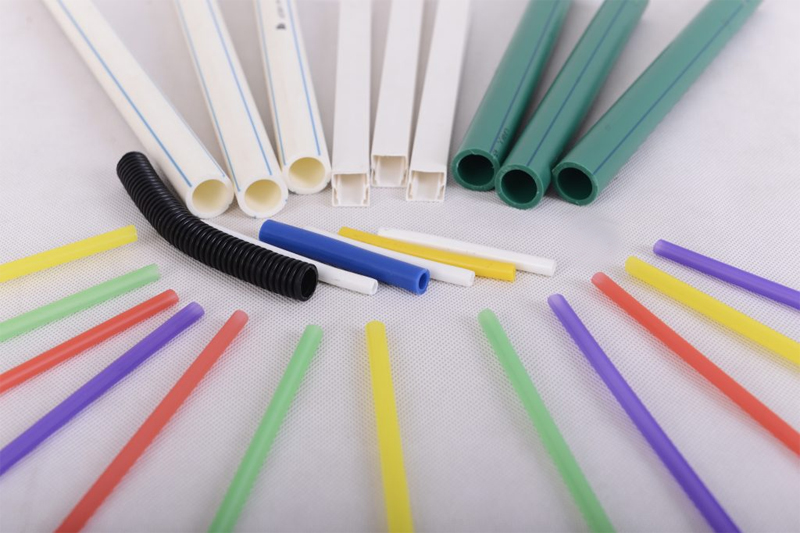About the Calcium Carbonate Powder and calcium carbonate masterbatch in Vietnam
As in the plastic and rubber industry, especially in the plastic raw material sector, calcium carbonate masterbatch plays a vital role as one of the most effective elements in producing all the other plastic raw material as resin, polymer, filler masterbatch and other compounds, plastic additive or calcium carbonate compound.

CaCO3 accounts for more than 4% of the earth’s crust so it can be found anywhere in the world. The most common forms of calcium carbonate powder are chalk, limestone, and marble, constituted by the sedimentation process corals, shellfish, snails shell over millions of years. Although chemically differently, all three forms are similar, they differ in many respects, including purity, thickness, whiteness, and uniformity. Therefore, calcium carbonate masterbatch is considered as one of the most useful materials for humankind. Some commonly used applications are in the form of CaCO3 powder for a wide variety of industries as in producing calcium carbonate compound or we usually name as CaCO3 compound.
In plastic manufacturing, besides from synthetic resin raw material, the combination of others additive and chemical such as mineral powder at accurate ratio is necessary. To begin with, the main role of CaCo3 powder is to reduce cost, give new features and enhance performance. On the other hand, the price of polymers doubled in the last two years, which increases the demand for CaCO3. Hence, Calcium carbonate additive is widely used in plastic manufacture to change the physio-mechanical properties and hardness of plastics. Being blended with polyolefin on high-temperature under modern technology calcium carbonate is used to create filler masterbatch products that have a wide range of applications in the plastics industry. Calcium Carbonate Masterbatch (CaCO3) is an ingredient to replace expensive plastic material for reducing costs and add value to the product.
Advantages of Calcium Carbonate Masterbatch Powder (CaCO3)
In the plastics industry, there are various functions that Calcium Carbonate Masterbatch (CaCo3) can add to the products to enhance their performance.
- Cost saving
- Reduced white dye because of high brightness
- Preventing the problem of evaporation by reducing the temperature, decreasing furnace depreciation.
- Increased toughness, smoothness of product’s surface
- Can be mixed directly with PP powder for vacuum shaping.
- Easy to disperse
- Increase Heat resistance, size stabilization, easy for printing, good texture, releasing heat automatically to avoid environmental pollution.
Calcium carbonate application in plastic industry

- In coating and lamination as Tarpaulin lamination, Biaxial-Oriented Polypropylene Film BOPP film, etc.
- Widely application in blow moulding, injection, extrusion, producing non-woven bags, jumbo bags, etc.
- PVC pipes and cables: Calcium Carbonate Powder (CaCO3) helps to reduce the expensive plastics without causing negatively affect – and sometimes improving – physical features.
- Profile PVC: Calcium Carbonate Powder (CaCO3) bring high gloss, smooth, whiteness finish and in some cases, enhance the product durability.
